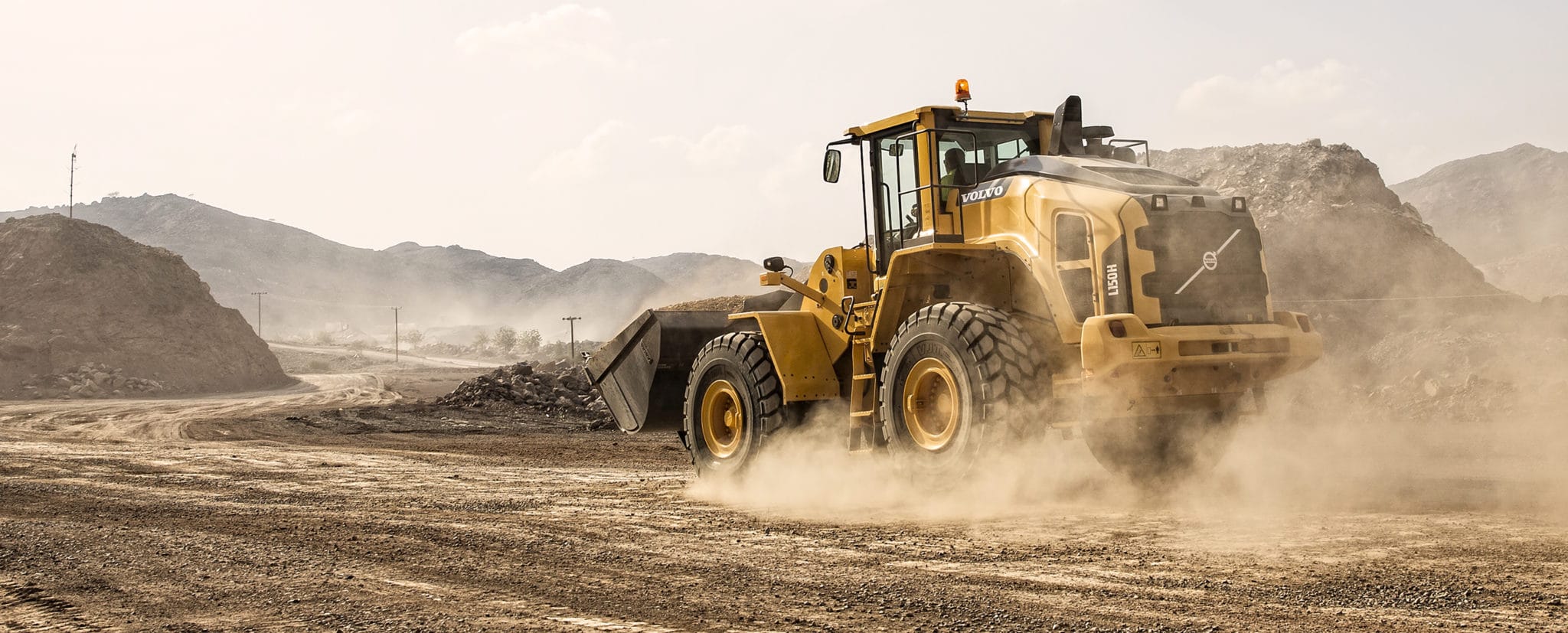Mini Excavator Rental: Compact and Powerful Equipment
Mini Excavator Rental: Compact and Powerful Equipment
Blog Article
Leasing Vs. Buying Construction Tools: Making the Right Option for Your Project
When beginning on a building project, one of the important decisions that project supervisors and stakeholders encounter is whether to buy or lease construction tools. The choice pivots on various variables such as expense considerations, job period, equipment upkeep, danger, scalability, and adaptability management.
Expense Factors To Consider
Leasing equipment often needs reduced first repayments contrasted to purchasing, making it an appealing option for short-term jobs or professionals with budget plan restraints. In the lengthy run, continually renting devices can accumulate greater prices than purchasing, especially for extended tasks.
On the various other hand, purchasing building tools includes higher in advance prices but can result in long-lasting savings, specifically for lasting projects or frequent users. Inevitably, the choice between leasing and acquiring building and construction tools pivots on the job's period, regularity of usage, budget factors to consider, and lasting economic objectives.
Project Duration

On the other hand, for long-term projects or recurring building work, acquiring devices can be the a lot more affordable option. Purchasing devices can lead to set you back savings over time, especially if the tools will be frequently made use of. Moreover, having equipment gives a feeling of control over its availability and allows for modification to fit specific project demands.

Equipment Upkeep
Offered the vital function project period plays in figuring out the most economical technique between getting and renting building and construction devices, the focus currently changes towards checking out the important aspect of devices upkeep. Proper upkeep is crucial for making sure the optimum efficiency and long life of construction tools. Leasing tools typically includes the advantage of having actually well-maintained machinery supplied by the rental company. This can alleviate the concern of maintenance jobs from the task proprietor or contractor, saving effort and time. On the various other hand, having devices requires an aggressive approach to maintenance to avoid break downs, ensure safety, and expand the equipment's lifespan. Normal inspections, maintenance, and prompt repairs are needed to maintain owned devices in top functioning problem. Variable in maintenance prices when deciding in between renting and purchasing, as neglecting upkeep can cause pricey repair work, downtime, and project delays. Ultimately, a well-kept construction devices fleet, whether rented out or had, is crucial for the effective and efficient completion of building and construction projects.
Versatility and Scalability
In the realm of construction devices administration, the aspect of versatility and scalability holds considerable significance for job efficiency and source application. Opting to rent building equipment offers a high level of versatility as it enables for the fast change of devices types and amounts based on the progressing requirements of a task.
In addition, scalability, an additional critical factor, is inherently connected to versatility. Renting building and construction devices supplies the benefit of conveniently scaling operations up or down as job needs vary. Contractors can promptly include or exchange tools to match the task's altering requirements without the constraints of owning possessions that may end up being underutilized or outdated. This capacity to range sources efficiently can result in expense savings and boosted project timelines, making leasing a positive alternative for jobs requiring adaptability and responsive source allowance.
Threat Administration
Reliable threat management in building and construction equipment operations is extremely important to guaranteeing task success and mitigating potential monetary losses. Building jobs inherently include different threats, such as tools breakdowns, crashes, and project hold-ups, which can considerably affect the job timeline and spending plan. By very carefully taking into consideration the threats associated with owning or renting out building devices, task managers can make informed decisions to discover this info here decrease these potential dangers.
Renting out construction tools can supply a degree of risk reduction by moving the responsibility of upkeep and repairs to the rental firm. This can lower the financial worry on the job owner in instance of unanticipated tools failings (scissor lift rental). Additionally, leasing provides the versatility to access specific equipment for particular job phases, lowering the risk of possessing underutilized equipment
On the other hand, owning building and construction devices supplies a feeling of control over its use and upkeep. Nevertheless, this also indicates bearing the full responsibility for repair services, maintenance expenses, and devaluation, enhancing the economic risks related to equipment possession. Cautious danger analysis and consideration of variables such as project duration, devices use, and upkeep requirements are essential in establishing one of the most ideal option for effective risk monitoring in building and construction tasks.
Final Thought
In verdict, when determining in between leasing and purchasing building and construction tools, it is essential to think about expense, job duration, devices maintenance, scalability, flexibility, and danger monitoring. Each aspect plays a vital role in figuring out the most suitable choice for the task handy. By carefully reviewing these aspects, job managers can make an enlightened choice that aligns with their budget plan, timeline, and total project goals.

Report this page